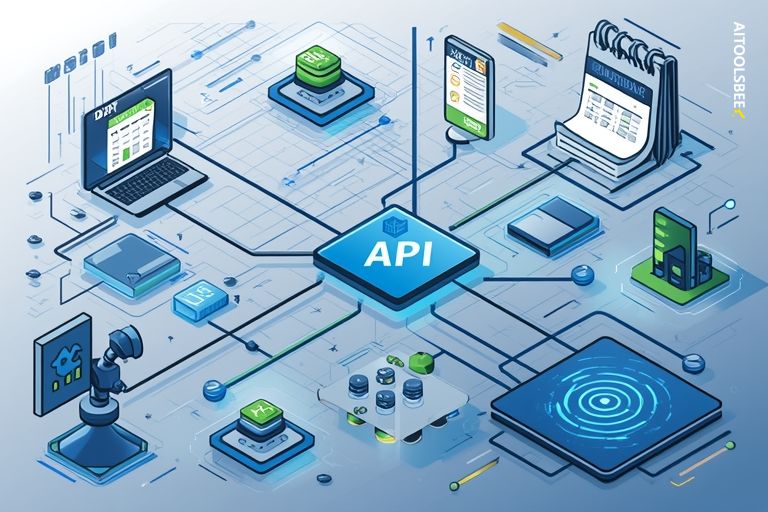
finance automation guides Sage blueprint for scaling CFOs
finance automation is moving to the center of corporate growth strategies as finance teams attempt to scale without losing control of the numbers. In recent guidance from Marvin Fletcher Rogers, principal consultant and head of business development at Sage, the focus falls on building trust in data, sequencing process improvements, and connecting systems so expansion does not erode clarity.
finance automation can only help if the information underpinning decisions is governed with depth as well as speed. Many teams still close on a month-end cycle, which means a dashboard described as real time can mislead when cost allocations and other adjustments are only applied later; segmentation and allocation must be designed so that metrics reflect the right apportionment before faster closes matter.
finance automation becomes the sustainable answer when leaders are asked to do more without adding headcount. Rogers separates the work into optimizing today’s flows and building for tomorrow, with the biggest wins in organic growth often found by tightening Quote-to-Cash and Procure-to-Pay cycles through integrated tools and connecting CRM and finance systems to accelerate expense and payment handling.
finance automation is set to expand as artificial intelligence offers greater scale, yet adoption in finance depends on scrutiny that black-box agents and opaque workflows struggle to meet. Rogers frames an authentic approach around structured layers that make models explainable and auditable, an approach intended to shift the function from reactive manual work to more meaningful commercial impact.
finance automation also targets consolidation, one of the hardest jobs as firms juggle domestic operations, global entities, and acquisitions. A common bottleneck emerges when trial balances from multiple systems are dumped into spreadsheets; technology that removes this manual step shortens the close and enables analysis of which products, regions, and customer cohorts are performing, turning a compliance task into an engine for investment decisions.
finance automation intersects with a pivotal architecture choice between end-to-end suites and best-of-breed stacks, particularly for CFOs managing tight budgets and limited technical resources. Rogers recommends an API-enabled environment where a strong core finance platform remains the anchor and specialized tools plug in as needed, a model that influences competitive dynamics by favoring vendors able to interoperate cleanly.
finance automation sits within a broader enterprise push to combine measurable efficiency with rigorous governance, a balance that is shaping demand for explainable AI in back-office systems. In capital markets, this direction signals that investment will concentrate on products that integrate into existing finance stacks, survive audit scrutiny, and demonstrate clear time-to-value rather than experimental features.
finance automation, framed in this blueprint, points to a near-term future where finance functions scale through connected processes, governed data, and transparent models, and the edge will belong to teams that turn control into faster decisions rather than faster dashboards.

Captures the essence and possibilities of technology within the rapidly evolving world of AI tools.

